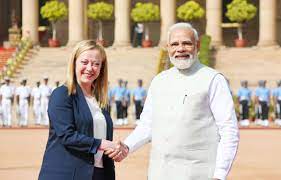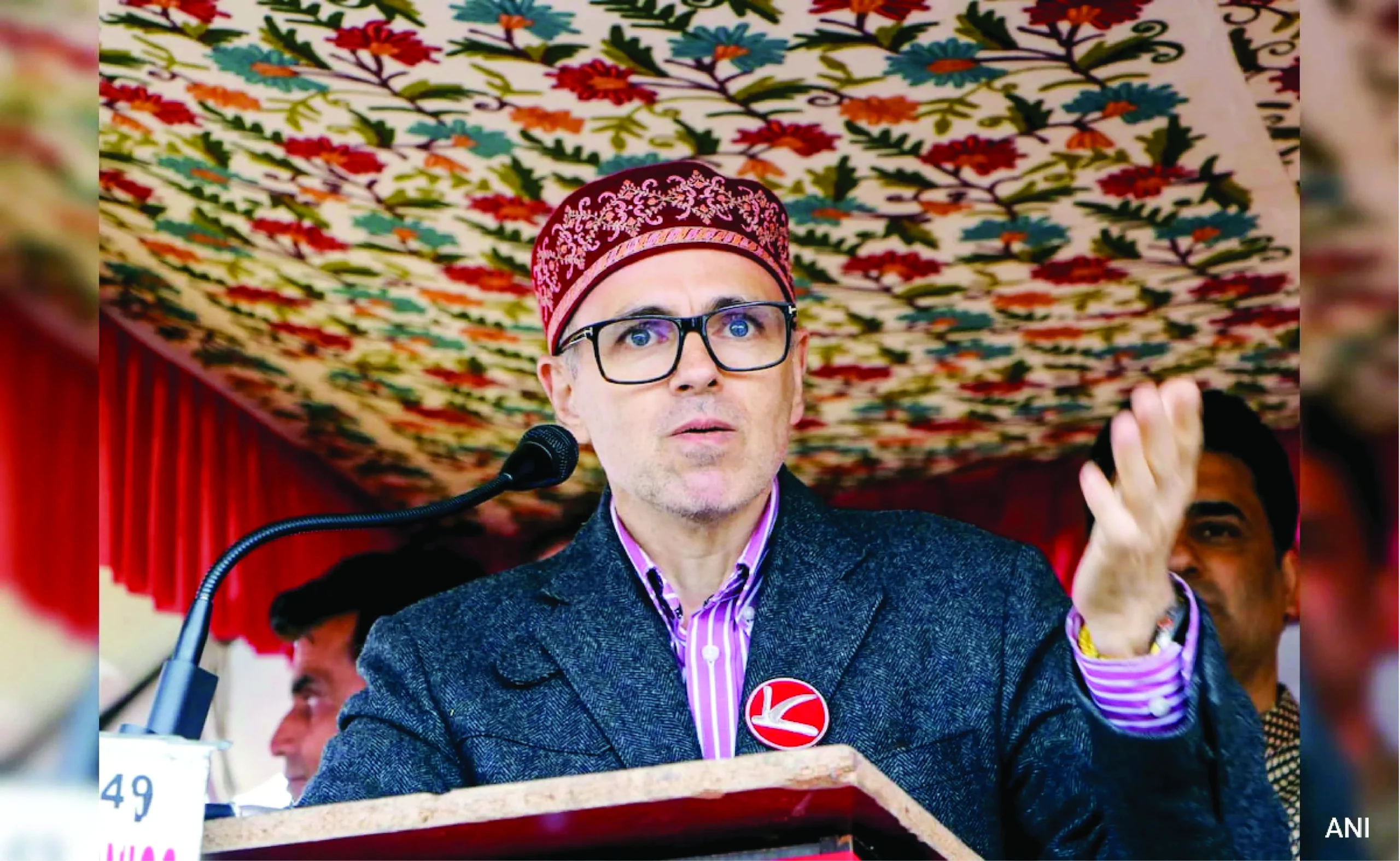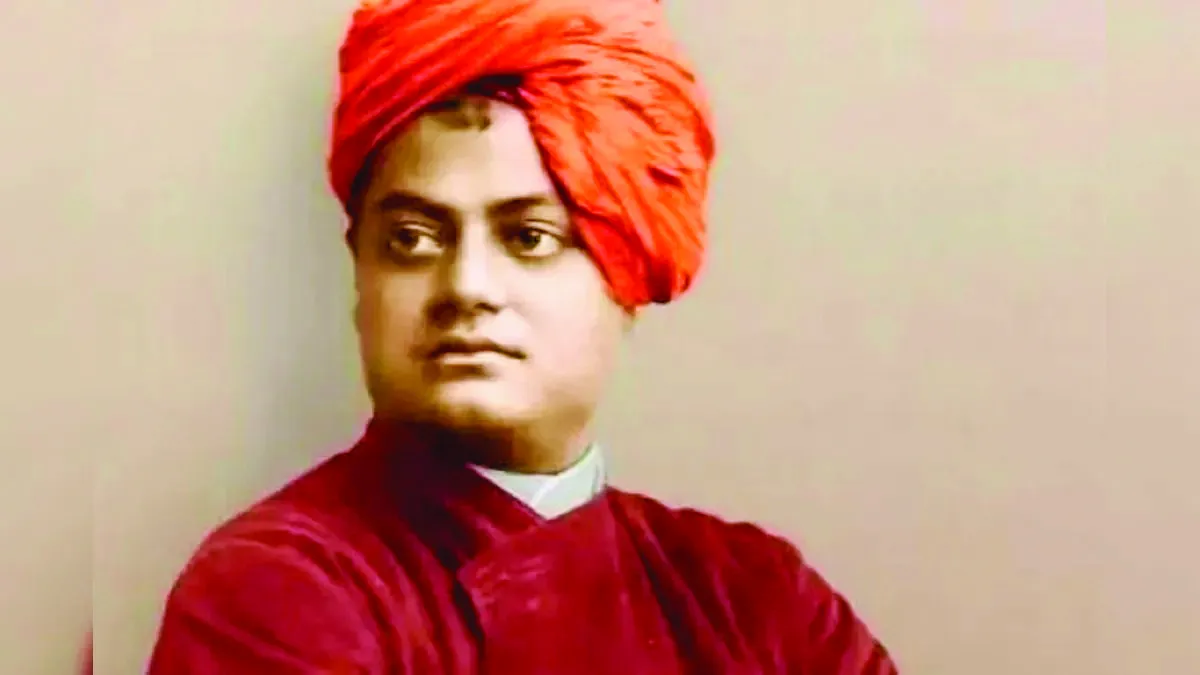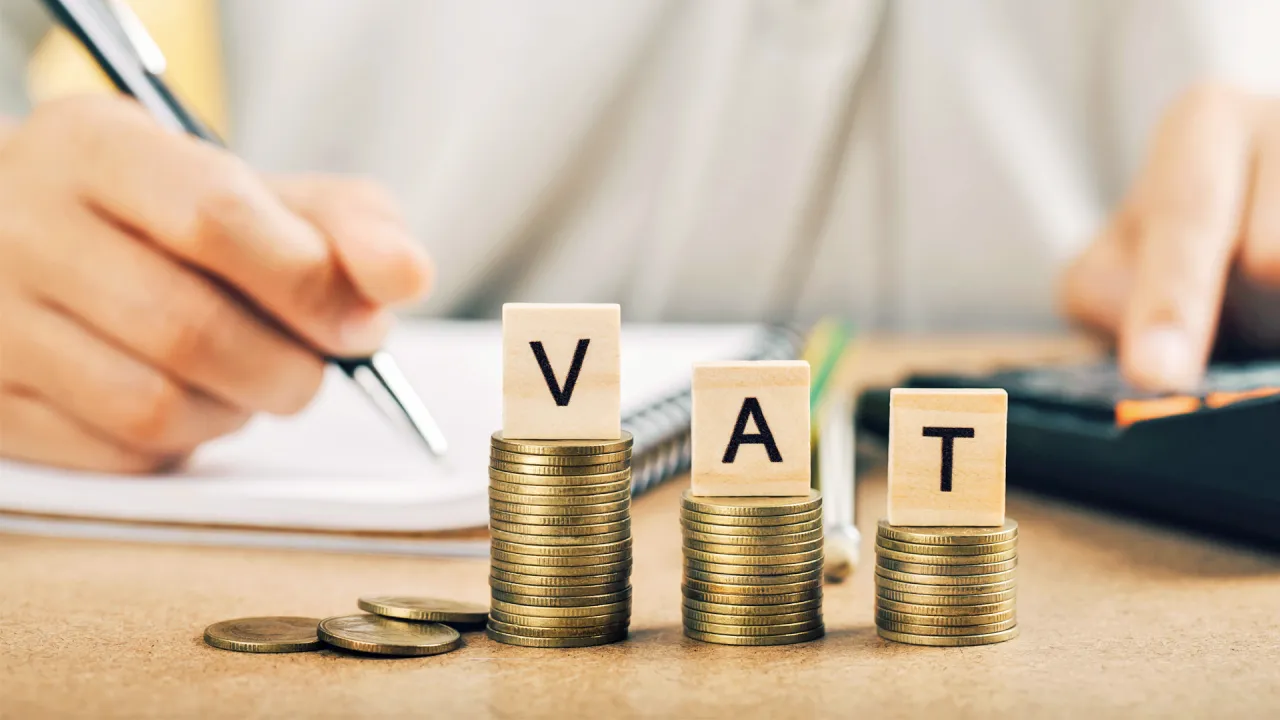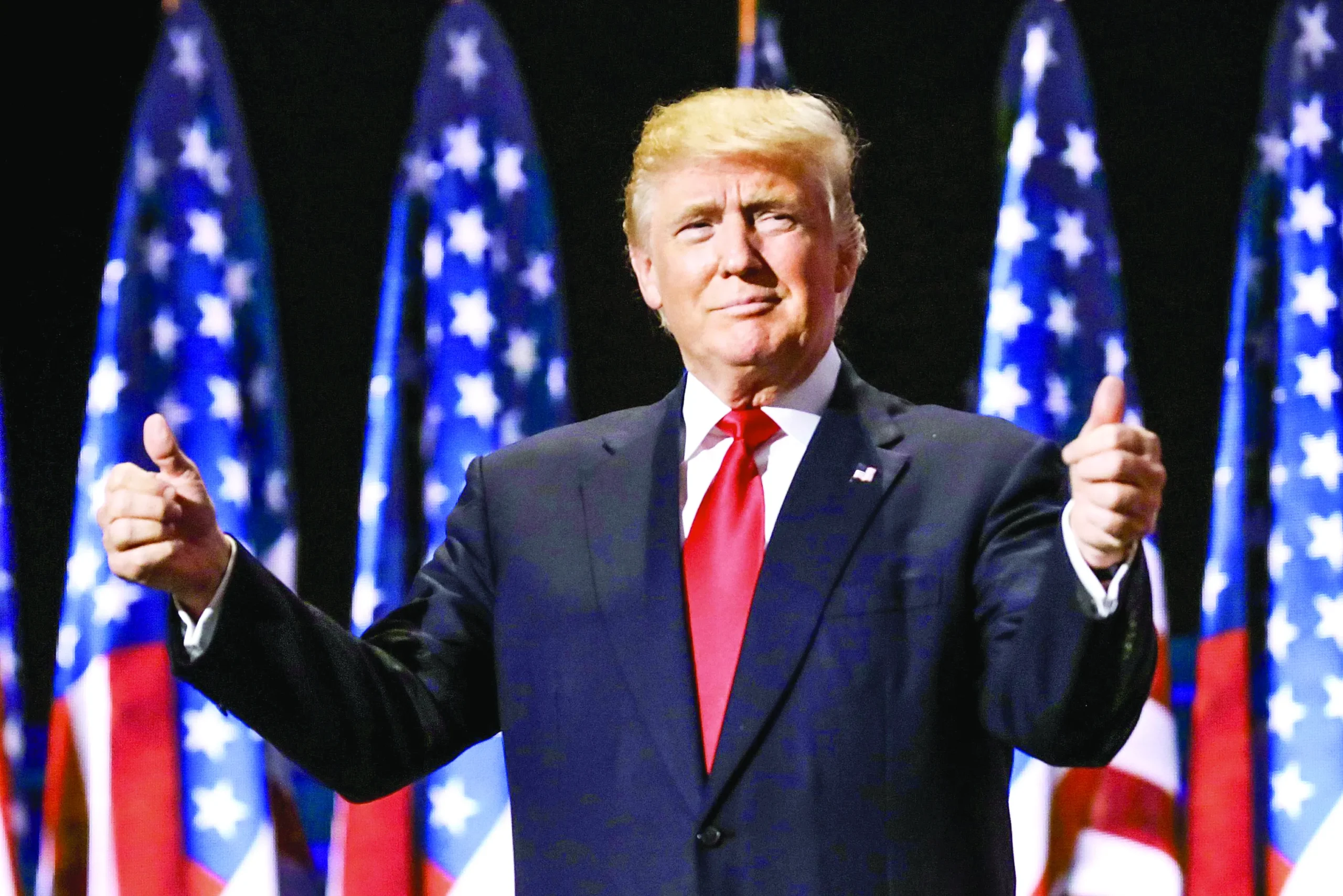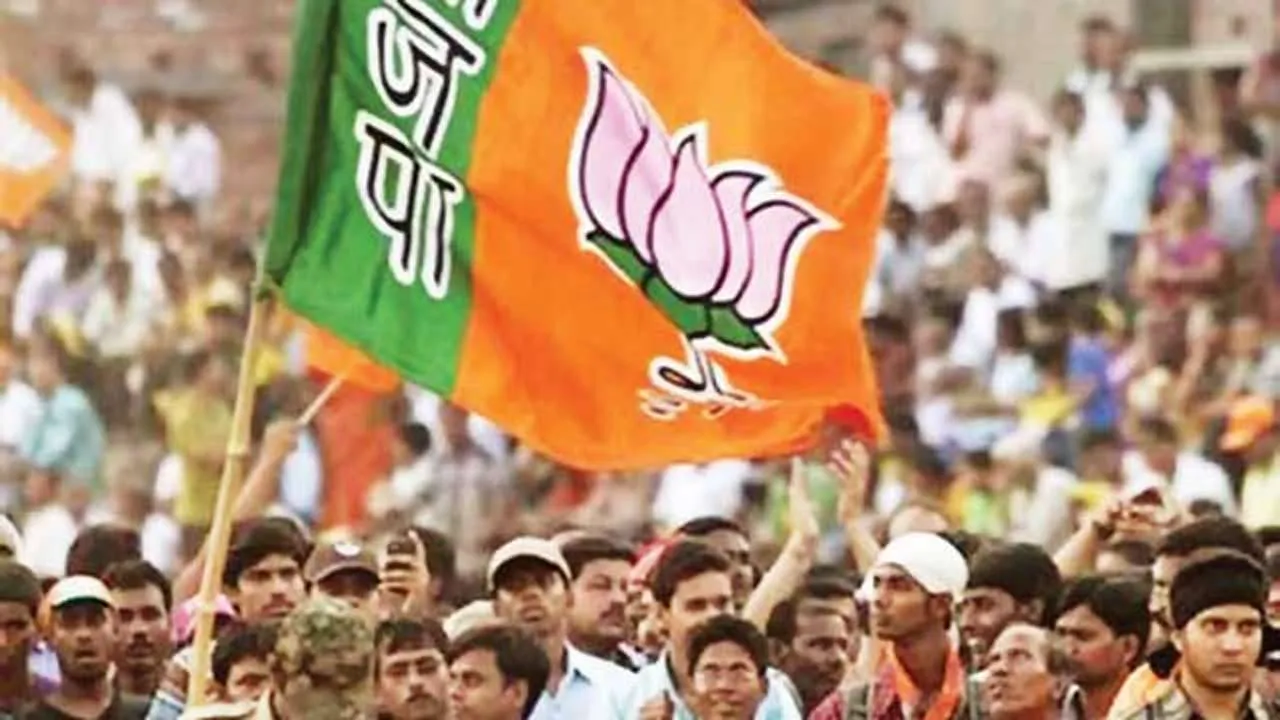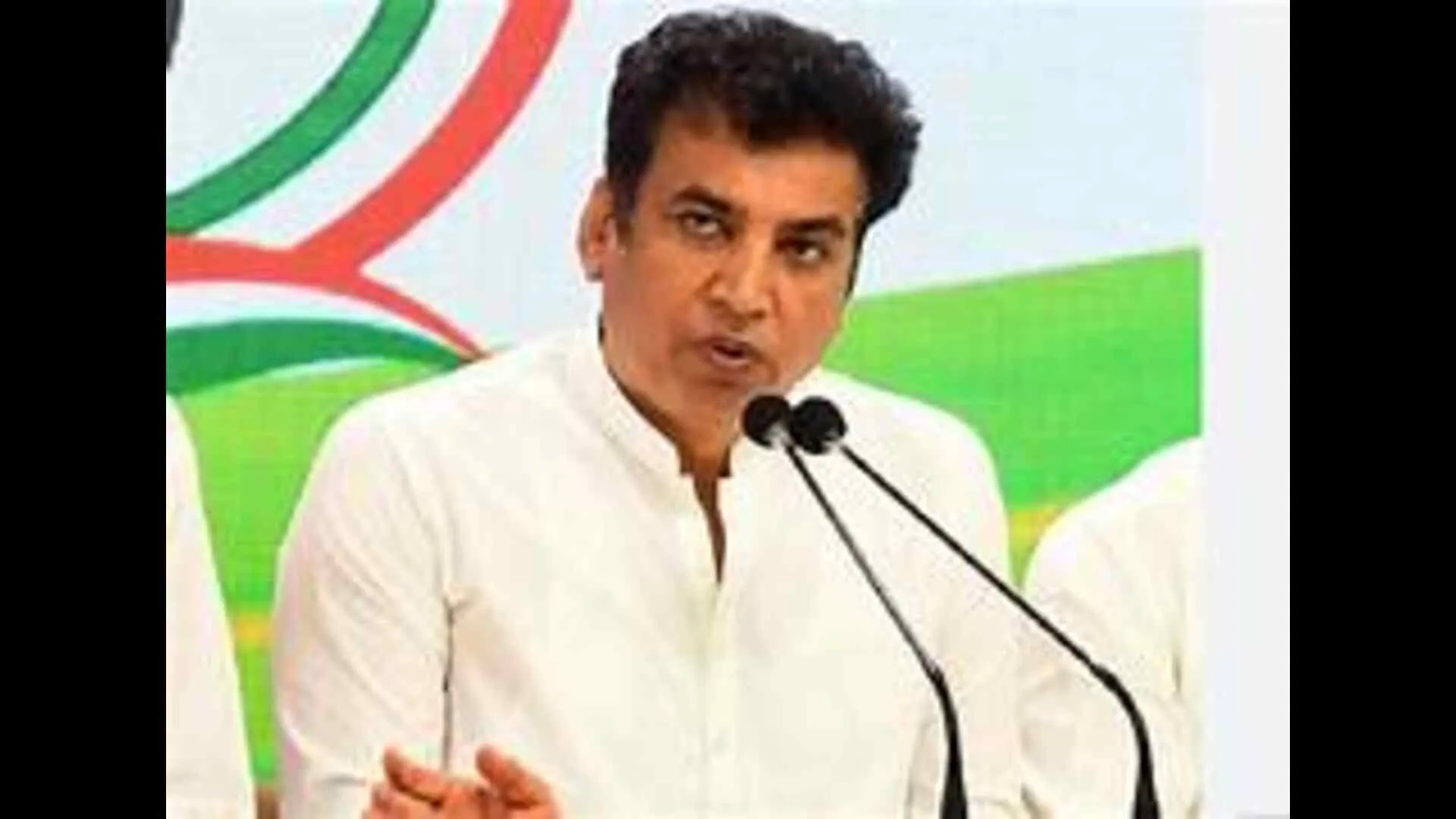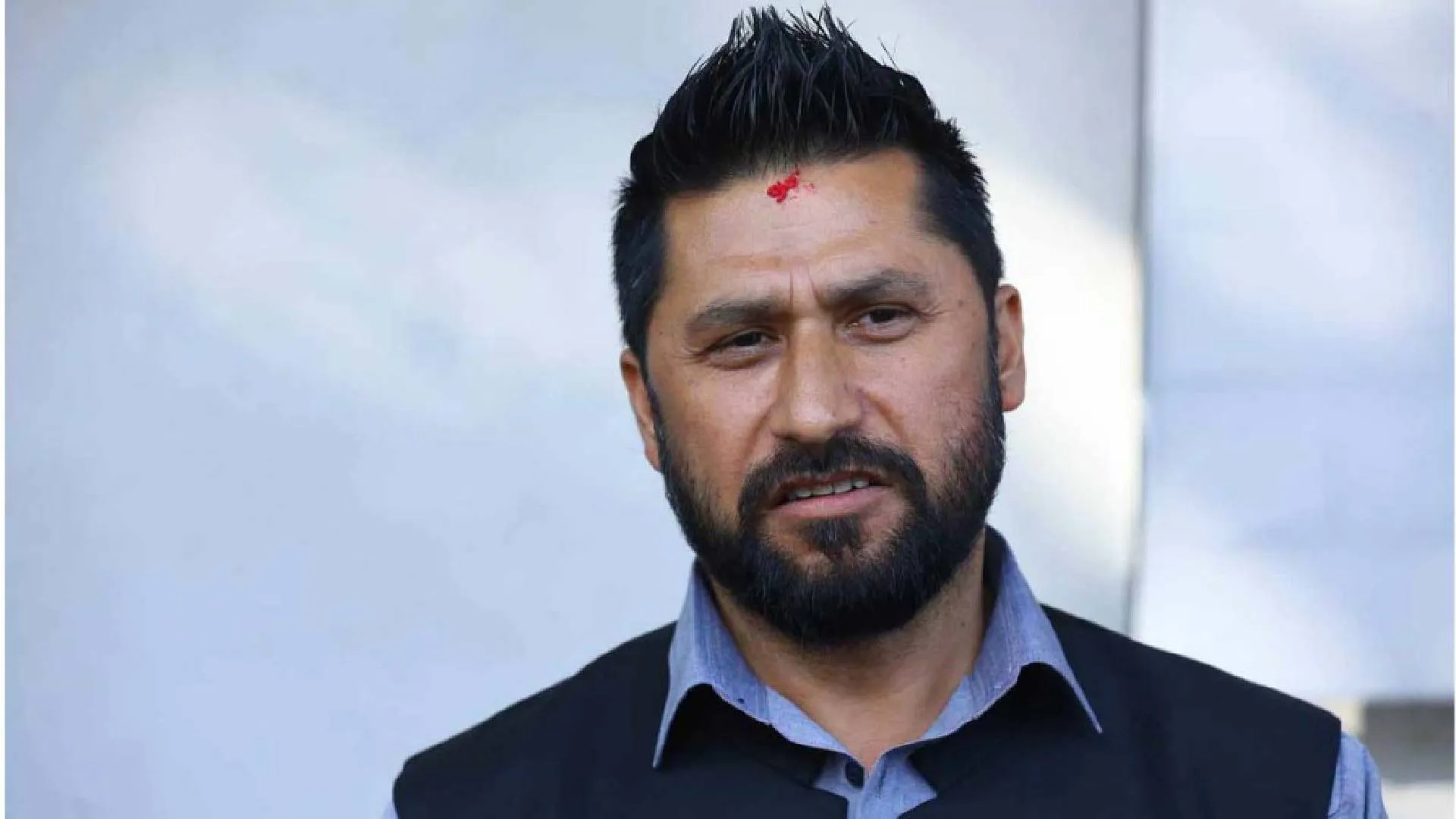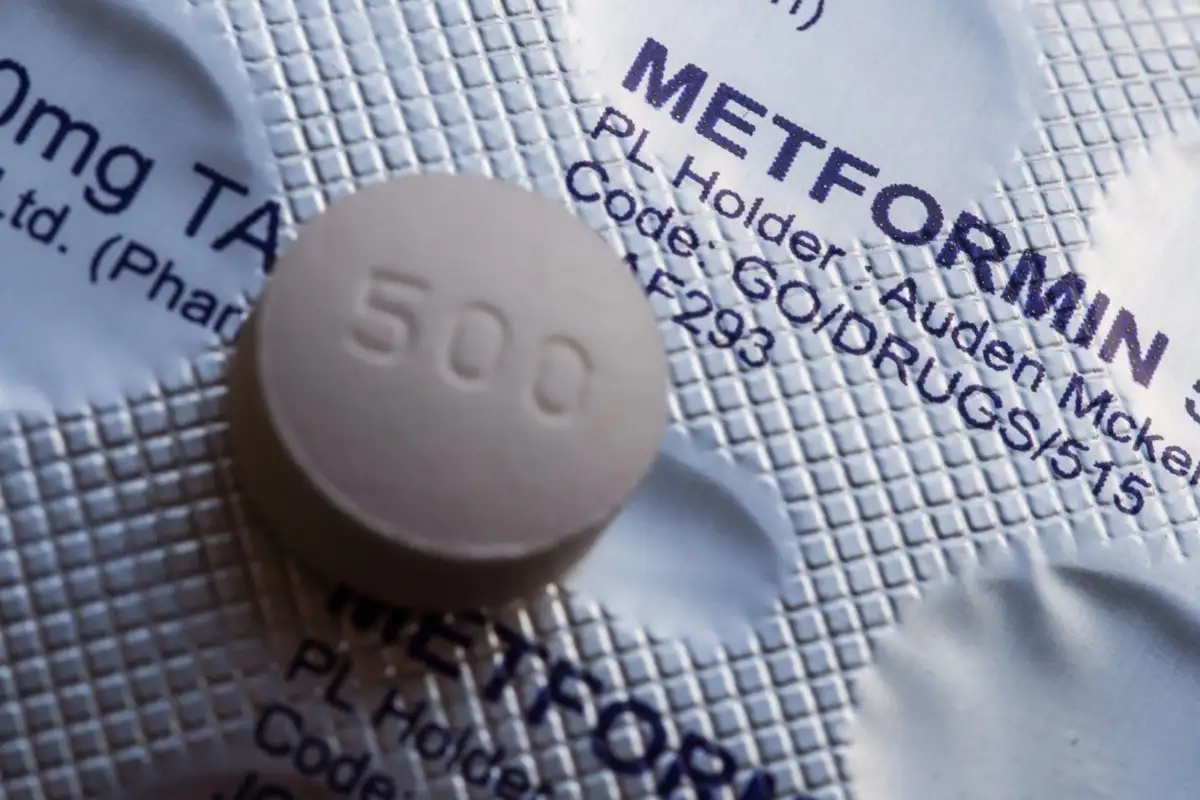The relationships between India and Italy is quite unique, which dates back to Roman era. It has seen many turbulent times and has gone through ups and down in last 200 years but still stood firm like rock. This year, with the signing of the joint declaration between Indian Prime Minister Narendra Modi and his Italian counterpart Prime Minister Giorgia Meloni, the bilateral relationship of the two countries has been elevated to the level of strategic partnership. Italian and Indian companies can count on a wide-ranging and updated policy framework.With inherent strengths in manufacturing, design and innovation, and skills training, Italy can offer economic complementary to India – through training support, research and development, technology, and critical goods in rapidly growing segments. On its part, India boasts of a demographic dividend, a vast pool of skilled human resources, competitive wage rates, and an edge in industries catering to steel, leather, gems and jewelry, auto components, and textiles. Also, India is increasingly being seen as an emerging economy in the world and an important economic partner in Asia, both in terms of trade and investment, as well as in market size.
Indian PM Narendra Modi Italian PM Giorgia Meloni
India and Italy are natural allies whose bilateral trade trajectory has been charting an upward graph, with Italy being India’s fifth largest trading partner in EU. In line with the approval by the Government of India of an agreement between India and Italy for collaboration in the fields of labour and employment on November 2018 and as part of the connection between Italy and India within the metallurgy sector, Indo-Italian Metal Hub, a program founded back in 2014 under the guidance of Dr. Francesca Bruni and Prof. Alberto Cavicchiolo, has encouraged an exchange of expertise for young graduates, engineers and technicians, getting positive results from both an Italian and an Indian point of view.
Another perspective of this connection covers the educational aspect, with Italian and Indian schools are involved. Malignani (Udine) and Castelli (Brescia) are among the many Italian examples of schools associated, while their Indian counterparts are mainly from four States:West Bengal, Odisha and Jharkhand. Possible future scenarios may foresee Italian companies hiring Indian graduates, engineers and technicians, who will be trained by the best technical schools and universities both in Italy and India. Among these, there certainly is the Italian-based Sideridraulic System SpA, which is collaborating on projects of great importance in the area, in particular in Angul, in Odisha with JSPL.
This platform has been incessantly working towards enhancing technological, engineering, and other collaborations and initiatives like academic and skill development among the industrial metal networks, through Aluminium Age Programme, visit of Odisha delegation to Italy under the leadership of a Cabinet Minister, Principal Secretary, other bureaucrats, Industry captains and group of businessmen from Odisha, collaboration with the Department of Energy, Government of Odisha, INCAL-2019 Conference and many more collaborations and conferences.
As infrastructure, railways, automotive industries, defence production are some the thrust areas of resurgent India, the critical aspect of development is the growth of steel industry in India. The Indian steel industry has entered into a new development stage, riding high on the resurgent economy and rising demand for steel. Rapid rise in production has resulted in India becoming the 2nd largest producer of crude steel during last five years (2018-2022). The country was also the largest producer of Sponge Iron or DRI in the world and the 2nd largest finished steel consumer in the world after China in 2021. The New Steel Policy, 2017 aspires to achieve 300MT of steel making capacity by 2030. Presently, the five major steel producers of India are, JSW (20.238 MT), Tata Group (19.78MT), SAIL (18.29 MT), Arcelor Mittal / Nippon Steel (6.688 MT) and JSPL (7.5 MT). They have scope to grow and expand exponentially in coming years.
The policy seeks to increase consumption of steel and major segments are infrastructure development, automobiles, railways with advanced lines for light trains, suburban trains, semi-high-speed, high-speed and freight corridors and housing including smart city projects. With Italy’s experience in the development of manufacturing clusters and world-renown advanced technological solutions for industrial machinery and India’s aim to become a manufacturing and export powerhouse, a synergy can be reinforced between both the countries within the MAKE IN INDIA program. The participation of PP Rolling Mills as shareholders of Pomini LRM is a bright example of the synergy between the know-how of Made in Italy technologies and the huge potential for market penetration offered by India.
India’s Aluminium industry is poised for a galloping growth. Aluminium demand is expected to be approx. 10 million tons by 2030, driven by a surge in transportation, building, infrastructure development, electrical, renewable energy, railway coaches, aerospace and defence industries. Again, India is expected to showcase the fastest growth rate globally, with a CAGR of 6.54% over the duration (2023-2030). Mega trends in India like urbanization, rising middle class and sustainability look for increase in food production, so also packaged food, and big awareness of green buildings and constructions.
Potential and emerging areas of technological collaboration and financial investments where Italian industries and financial institutions can play a big role are alloy wire, rods, bars, foils (packaging), auto body, wheels and variety of auto parts, additive manufacturing technology, defence, space, rail coaches, marine, high pressure gas cylinder and domestic and office furniture.
It augurs well as the business eco-system between Italy and India, two vibrant democracies, is quite favourable and positive. Although both the countries have seen many ups and downs in the turbulent world, they are tied together with historical, cultural, and economic factors and are poised to move on a fast track.
Dr. Pratap Aditya Mishra is the former Director General, Aluminium Association of India, presently Visiting Professor in the MBA Department of Utkal University, Bhubaneswar. A corporate trainer and advisor.

